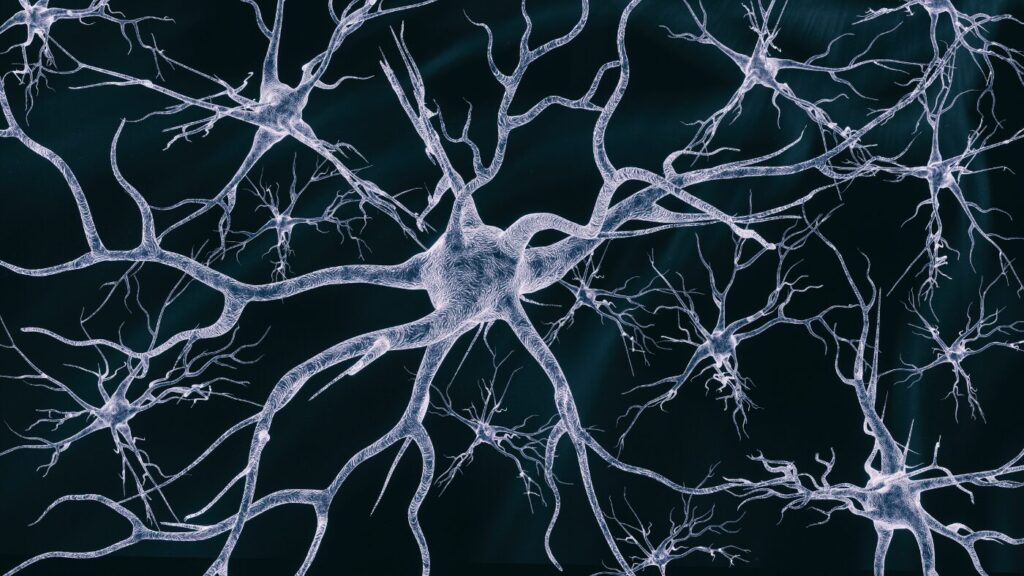The human brain is a marvel of complexity, comprising billions of neurons and intricate networks that govern our thoughts, emotions, and actions. However, it is also vulnerable to damage from injury, disease, and aging. Traditional treatments for brain disorders often fall short in restoring lost function, leaving patients with debilitating conditions and limited options. In recent years, the field of regenerative medicine has offered hope in the form of stem cell therapy, with promising research suggesting that stem cells could potentially restore both tissue and memory in the brain.
Understanding Stem Cells
Stem cells are undifferentiated cells with the remarkable ability to develop into various specialized cell types. They serve as the body’s natural repair system, replenishing damaged tissues and organs. Stem cells can be sourced from different places in the body, including embryonic tissue, adult tissues like bone marrow and adipose tissue, and induced pluripotent stem cells (iPSCs) generated from adult cells.
Stem Cells and Brain Regeneration
The brain has limited capacity for self-repair due to its complex structure and the inability of most neurons to regenerate. However, studies have shown that certain types of stem cells, particularly neural stem cells (NSCs), have the potential to generate new neurons, astrocytes, and oligodendrocytes—key components of brain tissue. NSCs reside in specific regions of the brain, such as the hippocampus, which is crucial for learning and memory, and the subventricular zone, where they continuously produce new neurons.
Research Advances
Numerous preclinical studies have demonstrated the therapeutic potential of stem cells in various neurological conditions, including traumatic brain injury, stroke, Parkinson’s disease, Alzheimer’s disease, and other neurodegenerative disorders. In animal models, stem cell transplantation has been shown to promote tissue repair, reduce inflammation, and improve cognitive function.
Several studies have noted that transplanted human neural stem cells can survive, migrate, and differentiate into neurons and other brain cells following stroke-induced brain damage. Furthermore, these stem cells formed functional connections with existing neurons, leading to significant functional recovery.
In another study published in Cell Stem Cell, researchers used induced pluripotent stem cells (iPSCs) derived from patients with Alzheimer’s disease to generate neurons in the laboratory. These patient-specific neurons exhibited disease-specific characteristics, providing valuable insights into the underlying mechanisms of Alzheimer’s and potential targets for drug development.
Clinical Applications
While much of the research on stem cells and brain regeneration is still in the preclinical stage, several clinical trials are underway to evaluate the safety and efficacy of stem cell therapy in human patients. These trials involve various approaches, including direct transplantation of stem cells into the brain, stimulation of endogenous stem cell proliferation, and modulation of the brain’s microenvironment to enhance tissue repair.
One notable clinical trial, conducted by ReNeuron Group plc, is investigating the use of human retinal stem cells (hRPCs) in patients with disability due to ischemic stroke. Early results from the Phase 2b trial showed improvements in motor function and activities of daily living, suggesting the potential benefits of stem cell therapy in stroke rehabilitation.
Challenges and Future Directions for Stem Cells in Neural Repair
Despite the promising results from preclinical studies and early-stage clinical trials, several challenges remain in the field of stem cell-based brain regeneration. These include issues related to cell survival, integration, and potential tumorigenicity, as well as ethical considerations surrounding the use of embryonic stem cells.
Moreover, the complexity of brain disorders, which often involve multiple pathological processes, necessitates a multifaceted approach combining stem cell therapy with other treatment modalities such as pharmacotherapy, neurorehabilitation, and neurostimulation.
In conclusion, stem cell therapy holds great promise for restoring tissue and memory in the brain, offering hope to millions of people affected by neurological disorders. While significant progress has been made in preclinical research and early-stage clinical trials, further studies are needed to address remaining challenges and optimize the therapeutic potential of stem cells. With continued advancements in regenerative medicine and neuroscience, stem cell-based approaches may one day revolutionize the treatment of brain disorders, unlocking new possibilities for recovery and restoration of function.
Stem Cell Treatments for Memory, Recall, and Neural Repair
As the world’s largest publisher of stem cell industry news, BioInformant understandably cannot provide clinical treatments or advice. For this reason, please contact GIOSTAR with your medical questions. GIOSTAR is a global stem cell company that has treated a large number of patients, both in the U.S. and worldwide.
You can reach them at this link to schedule a consultation or ask them your questions.
If you found this blog valuable, subscribe to BioInformant’s stem cell industry updates.
